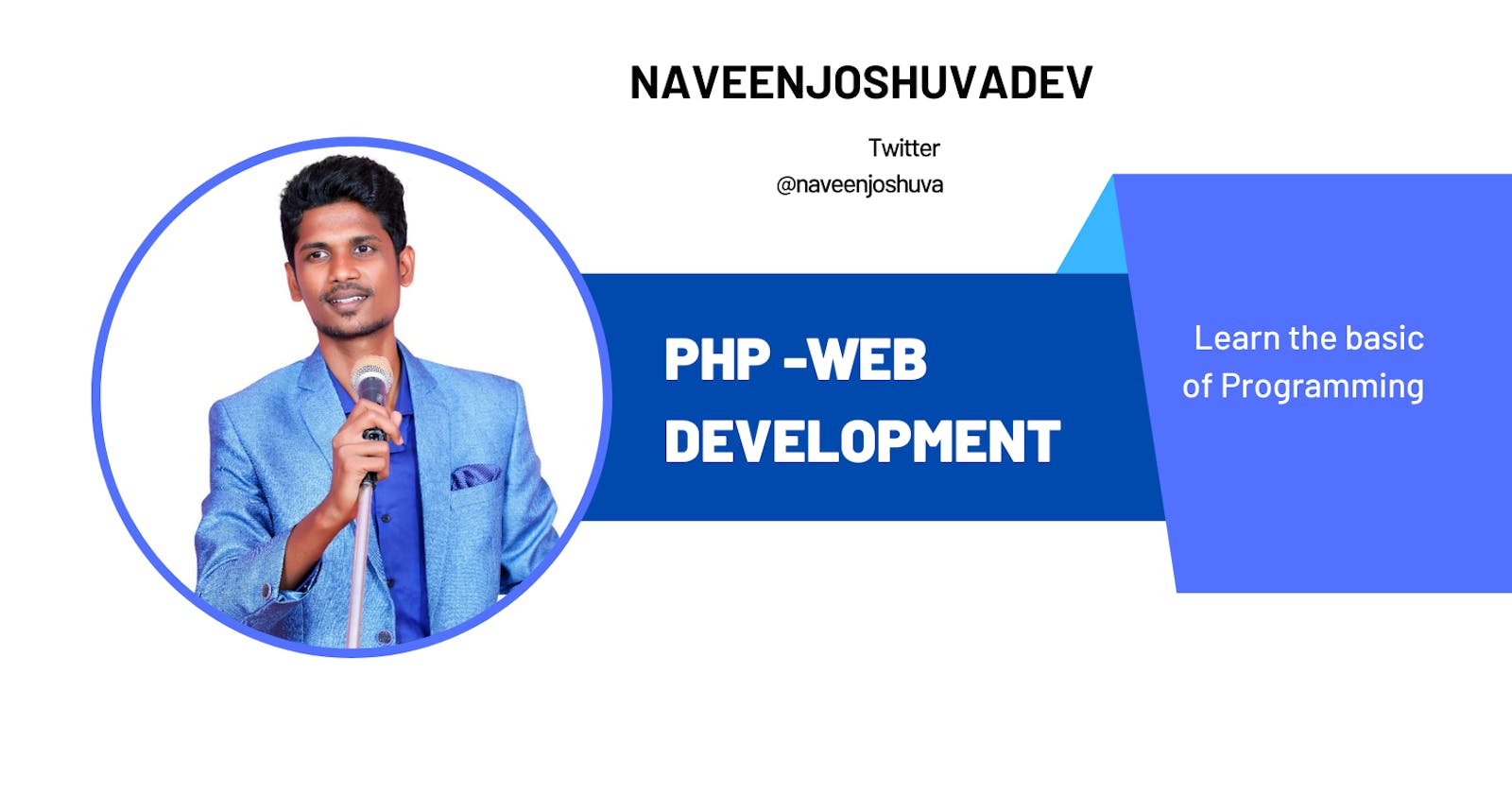Recap
The Previous blog said that a Class is the blueprint of a class and an object is an instance of class from that blueprint you can build houses.
Object data type
Php has a generic class implementation called std(Standard) class that you could use to create generic objects or you could cast the variables that are off and other data types into objects.
Through this, you can create objects using generic std Class
We can also create your custom classes
Now, Lets create a class called Transaction and There are some rules for creating a class
class keyword should be used to name a class
The class name should start with a letter or _ underscore
use a curly brace to enclose the class definition
Our file name and class name could be same for naming conventions and your wish you can name it as per your view.
We can have more than one class in a single file But it's not recommended, recommended way is to have a single class per file.
<?php
class Transaction
{
//write your class definition here
}
?>
Now you can create an object for this Transaction class and you can create it within the same class.But it's not recommended way the usage of a class object is to acquire the properties and methods of a class from the outside of a class is what makes oops a good concept.
so, now im going to create a class in an index.php
//file index.php
<?php
$transaction = new Transaction();//parentheesis not always required
?>

In object, creation parenthesis isn't always required
It's depending upon your constructor
We have to Load the class file in our index.php file to get access(permission)from the class to use its property and methods using our transaction object.
To load class files advanced concepts are there namespace and autoloading we will see later.
//file index.php
<?php
$transaction = new Transaction();//parentheesis not always required
var_dump($transaction);
?>
The var_dump() function dumps information about one or more variables. The information holds the type and value of the variable(s). Using it we can see our class object.

It's an empty object datatype as object.
It's an instance of a transaction class.
